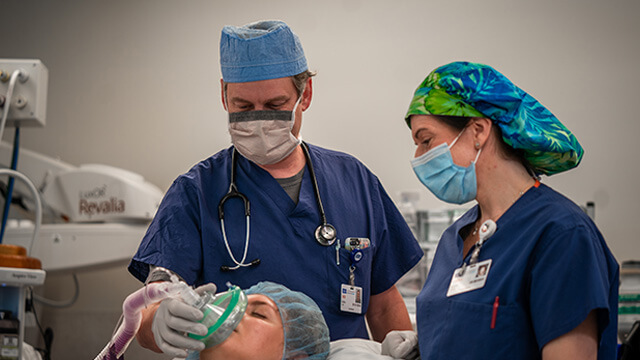The Four Main Types Of Anesthesia Performed By Hospital Services
Anesthesia is a stage of all major surgery procedures. In this phenomenon, the hospital anesthesia services inject intravenous sedatives into the patient's body to make them fall unconscious. This is done mainly so that the surgery can be conducted without inflicting pain on the patient. There are different options that doctors use according to the requirements.
This blog will discuss the four kinds of anesthesia majorly used by healthcare professionals. Scroll down to know more.
● General
This is the most common type of anesthesia that we are aware of. Here, the patient remains totally unconscious. The sedative can either be injected into the body or introduced by a breathing tube or mask. Once the effect of the medicine is reduced, you might feel a little drowsy but will regain consciousness within a few hours.
● Regional
In this case, a certain area or body part is sedated while you remain mostly conscious. This process is usually used for treating orthopedic ailments or pregnancies. The sedative is aimed at a cluster of nerves to block the flow of any sensation to that particular region.
● Monitored
This is also known as sedation and has many levels. Mild sedation is mainly used during eye operations. In cases of moderate level, the patient might drowse but is able to listen to the doctor. Deep sedation is much like general anesthesia. It is when the patient is fully unconscious but can breathe without any external aid.
● Local
It is normally used to numb a small area for very minor medical procedures like filling dental cavities, stitching deep cuts, etc.
Wrapping Up
Almost all anesthesia management company provide these four options for sedation. Anesthesiologists opt for them in accordance with the type of surgery they are performing.
For more details about Safety protocols for anesthesia in surgeries please visit our website: napaanesthesia.com



Comments
Post a Comment